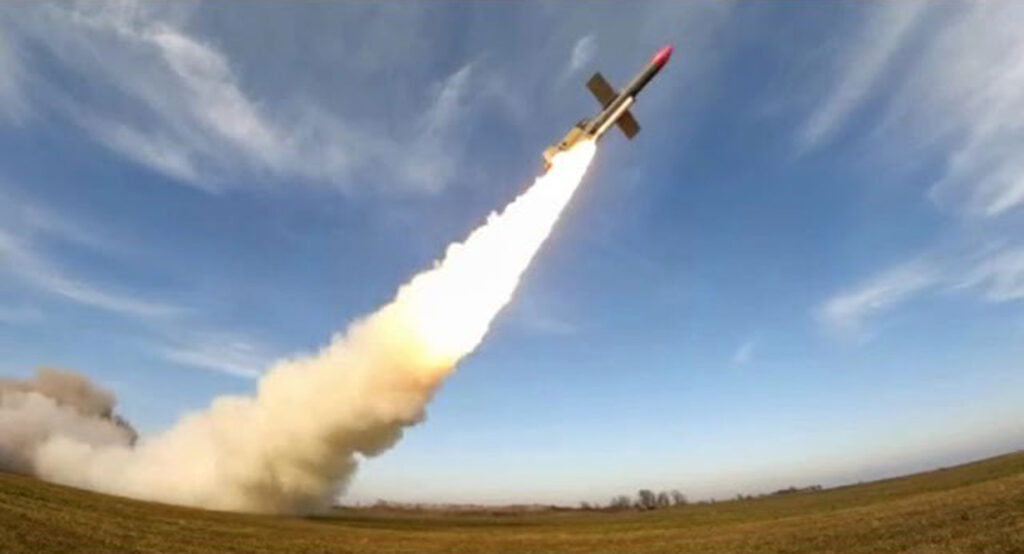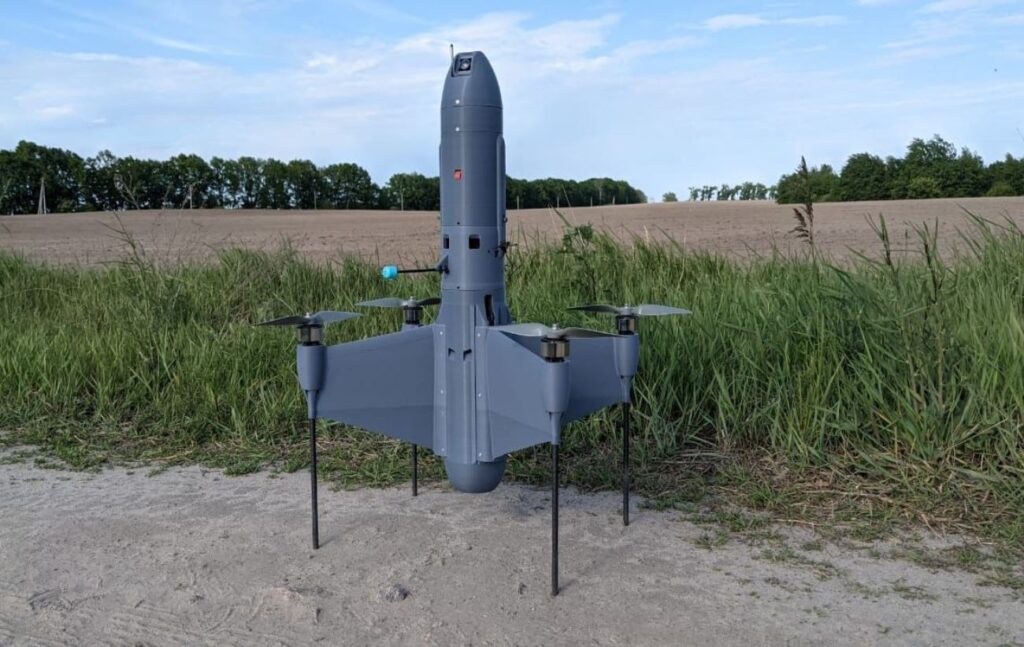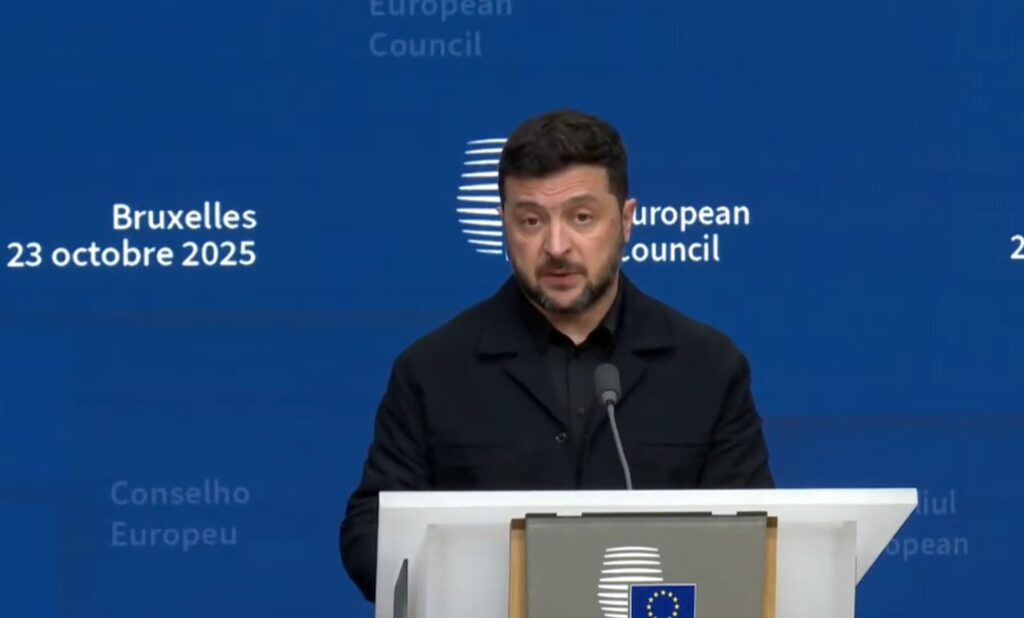Ukraine opens drone exports to fund its defense – and Europe is buying

Ukraine’s defense companies are turning to exports to fund production and expand their operations, Bloomberg reports. European militaries are keen to use Ukraine’s battle-tested drones to boost defenses against Russian airspace violations.
Producing drones outside Ukraine allows companies to access financing, accelerate innovation, and maintain steady supply for the front line. NATO allies benefit from proven, scalable systems while Ukraine channels revenue into domestic production of advanced drones, Bloomberg notes.
Ukraine now produces millions of drones annually, ranging from long-range strike models to small first-person view (FPV) units. Ukrainian firms continue to refine a wide range of drones, from inexpensive frontline FPV models to advanced long-range and surveillance units capable of operating deep inside Russian territory.
Moving production to safer ground
TSIR, Skyeton, and FlyWell are among the companies expanding production abroad to reduce the risk of Russian attacks, Bloomberg reports. Facilities in Finland, Slovakia, and Denmark aim to supply both Ukrainian forces and allied militaries.
Skyeton’s Slovak plant attracted over €10 million in foreign investment, while FlyWell is seeking $50 million to expand European production and develop hydrogen-powered drones. Producing outside Ukraine also gives engineers more stable supply chains and opportunities to share expertise with NATO partners.
Battle-tested Ukrainian drones enter NATO plans
Countries including Denmark, Germany, the UK, and Finland are increasingly integrating Ukrainian drones into their defense planning. Beyond supplying their own militaries, these projects help train personnel to operate unmanned systems and develop doctrines for drone-based warfare. Ukraine’s experience producing hundreds of thousands of drones annually positions it as a key contributor to NATO’s capabilities in unmanned conflict.
Ukrainian President Volodymyr Zelenskyy has announced plans to open arms sales offices in Berlin and Copenhagen this year to manage co-production and exports of weapons Ukraine can spare, generating funds for domestic production of critical military hardware.
The expansion reflects a shift from a domestic-focused defense industry toward international collaboration. Ukrainian engineers, seasoned by frontline experience, produce low-cost, effective systems at a pace unmatched by European counterparts, giving NATO partners scalable solutions while maintaining Ukraine’s wartime production capabilities.
Ukraine reinstated a full mechanism for exporting domestically-produced weapons this month, marking a strategic pivot for a defense industry that largely suspended arms exports after Russia's 2022 full-scale invasion.




